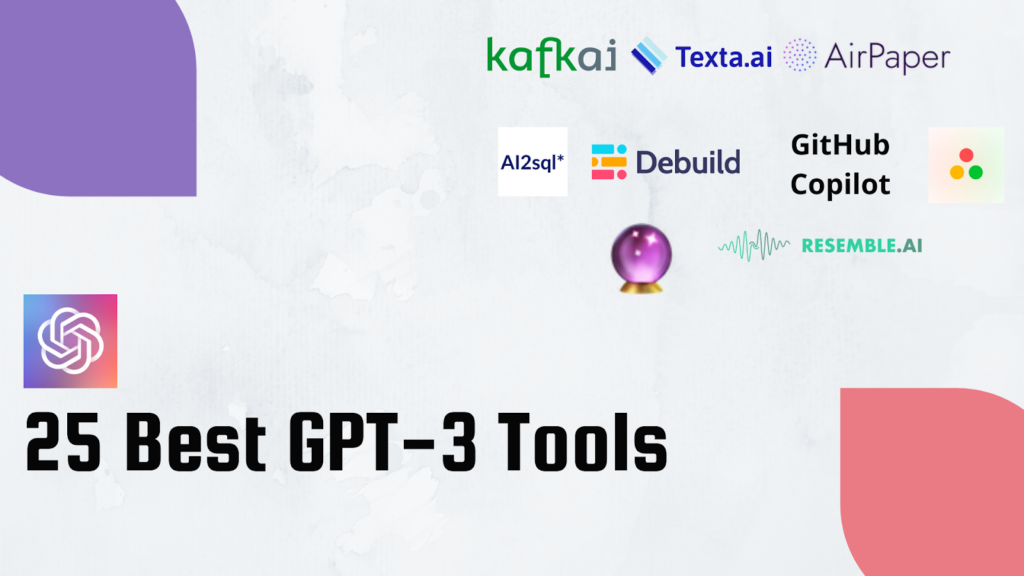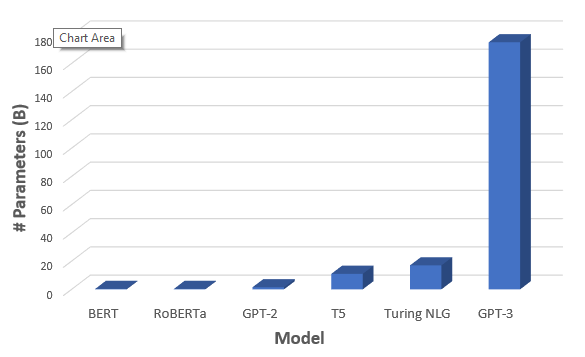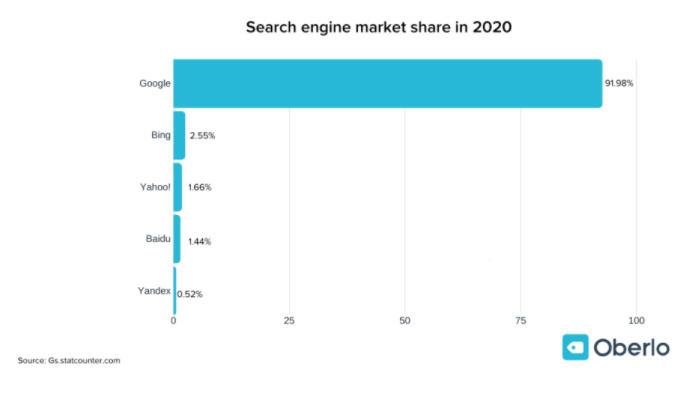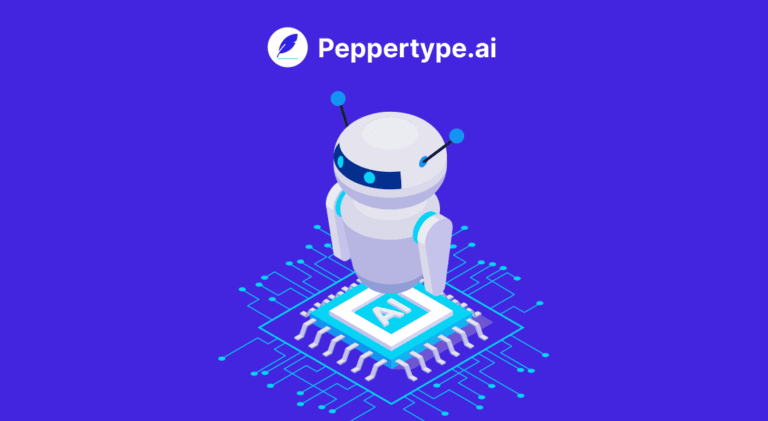5 Things Every Digital Marketer Should Know About GPT-3

Table of Contents
- What is GPT-3?
- How does GPT-3 Work?
- Five Things that SEO and Digital Marketers Should Know about GPT-3
- Key Takeaways
- Conclusion
- FAQs
Content delivers context, but creative content improves on this context. Marketing depends on the culture of creativity to attract consumers. Though reaching billions of people at the same time is possible with digital marketing today, engaging them has remained as challenging as ever before.
Digital marketers use different techniques, tools, and technologies, such as Search Engine Optimization (SEO), to optimize their content as per a reader’s interest. SEO experts and content writers generate this engaging and informative content on digital platforms.
Massive technology development is underway in the industry bringing in new solutions to automate most of the work done by humans. Rumors are rife regarding technology replacing humans as machines are inching towards perfection rapidly. It is being estimated that Artificial Intelligence (AI) and Machine Learning (ML) will power 40% of all customer interactions by 2023.
Though advanced technology won’t entirely replace humans, it will definitely take up numerous jobs, even from creative domains like content writing. Generative Pre-trained Transformer 3 (GPT-3) content generator is one such copywriting platform that generates compelling copies.
This article focuses on GPT-3 copywriting and the things SEOs and digital marketers need to know about it.
What is GPT-3?

GPT-3 stands for Generative Pre-trained Transformer, and 3 stands for the third version of the tool. It is the first AI language, model. It can write about any topic in any style or tone. Simply put, it works as a professional copywriter having the collective knowledge of the internet data.
GPT-3 SEO is developed by OpenAI; a research business co-founded by Elon Musk. It uses ‘Transformer’ architecture, a deep learning neural network architecture based on a large amount of data and the length of training. OpenAI has already spent USD 4.6 million on understanding how different languages work and are structured while developing and computing resources required to create GPT-3.
In short, GPT-3 content generator is an advanced tool to generate text using pre-trained artificial intelligence algorithms. It can write articles, essays, blogs, marketing content, answer different questions, end long texts, take memos, translate in various languages, and create computer codes using publicly available information on the internet.
GPT-3 content generator will soon become a handy tool for SEOs and digital marketers as it is believed that most of the content writing will be done using GPT-3, replacing small-scale content writers. However, specialists will need to understand the validity of such content in a comprehensive marketing strategy.
How Does GPT-3 Work?
GPT-3 is a language prediction model. GPT-3 helps to predict the next sequence of sentences, resulting in excellent copywriting. GPT-3 content generator has an inbuilt algorithm structure that takes input in the form of one piece of language and transforms it into the most helpful information, depending on user requirements.
The GPT-3 algorithm uses training analysis to pre-train a vast text body. It studies the usage of sentences and words in the text and attempts to rebuild a similar structure itself using a machine learning algorithm. To optimize the accuracy of the content, GPT-3 SEO has the largest artificial neural network ever created.
Five Things that SEO and Digital Marketers Should Know About GPT-3
1. GPT-3 generates convincing text as if written by humans
Artificial Intelligence brings human-like behavior and intelligence into machines to make them competent enough to understand, act and decide according to the analysis carried out on the input. It is trained to understand circumstances, language, and emotions and perform like humans with little or no supervision.
GPT-3 content generator is an advanced version overcoming challenges in the previous GPT versions. It can generate various types of copies such as white papers, technical reports, articles, blogs, social media posts, and answers to questions. GPT-3 is really good in terms of writing, responding, and adapting like humans.
Though it still needs improvements in avoiding simple mistakes and precision in the text, it is being said that continuous refinement in GPT-3 copywriting generator will provide exact ‘human-like copies soon.

2. GPT-3 has endless applications
Digital marketers and SEO experts keep an eye on keywords to optimize their copies on various platforms. GPT-3 content generator can work as a search engine. Google’s natural language processing (NLP) and machine learning computing power are challenged by GPT-3 with a significant architecture of around 175 billion parameters, the largest ever! With powerful NLP, GPT-3 will provide a new search engine market for SEO and digital marketers.
GPT-3 SEO debuted with developers and programmers developing Instagram-like applications while writing the code for it. The debut week showed the strength of GPT-3 as not only a content generator but also a code generator. Additionally, it can also do UI (User Interface)/UX (User Experience) design. Once launched as a commercial product, GPT-3 content generator will be used for endless applications.
3. GPT-3 is the biggest language model
Different language models exist, such as BERT (Bidirectional Encoder Representations from Transformers), RoBERTa (Robustly Optimized BERT Pre-training Approach), GPT-2 (Generative Pre-trained Transformer-2), T5 (Transporter 5), Turing NLG (Natural Language Generation), and GPT-3. Out of all, GPT-3 content generator is the most prominent language model having 175 billion characters. No competitive language model is near this GPT-3 scale; the nearest is Microsoft’s Turing NLG which is ten times smaller than GPT-3. It is 100 times larger than GPT-2, GPT-3’s previous version, as shown in the image below.

4. GPT-3 might become a commercial product next year
OpenAI is a non-profit research center focusing on how Artificial Intelligence can do good for society. But, OpenAI has also recently found a for-profit branch that is ready to commercialize GPT-3 content generator. As an incredible and powerful technology, OpenAI wants potential customers to use it for a good reason.
Though it might soon be available as a commercial product, there are several improvements needed in GPT-3. For example, GPT-3 SEO is still unable to evaluate offensive content that may target specific religions, races, gender, or color. These limitations should be overcome before allowing customers to buy GPT-3 as a product.
5. GPT-3 will have a high impact on SEO
GPT-3 content generator contains fully-integrated SEO capabilities. It has a direct application to SEO marketing. Machine learning and NLP can combine with API (Application Programming Interface) and collect real-time SEO keywords to include in content like titles, sub-titles, meta-descriptions, the body of the content, and conclusions. GPT-3 SEO is built to optimize and incorporate keywords naturally in content pieces while optimizing the language. GPT-3 is a tough competitor for Google’s NLP capabilities and has great indexing power.
Thus, digital marketing in the future will be a lot different from what it is today. Google had about 92% of the search engine market share in 2020. If GPT-3 becomes commercially available, it will transform the SEO and digital marketing practices while competing with Google.

Key Takeaways
- GPT-3 (Generative Pre-trained Transformer) is a language model that uses deep learning to generate text.
- The GPT-3 Content Generator was created by Elon Musk’s Open AI in June 2020.
- Many tools like Peppertype.ai use the GPT-3 SEO integrated capabilities to generate content.
- GPT-3 Copywriting is also possible, as it generates text that are are almost similar to those written by humans. It uses training analysis, hence it can be fed information about the users to generate content.
- GPT-3 will provide a new search engine market for SEO and digital marketers, with powerful NLP.
- GPT-3 SEO will become a potential competitor for Google.
- GPT-3 content generator will change the face of digital marketing in the future.
- GPT-3 copywriting will not fully replace human writers. It would help them.

Conclusion
GPT-3 is in the early stages of development but has demonstrated considerable potential for replacing existing content writing and domains like coding. Though it might be a game-changer in SEO and digital marketing in the future, it still needs refinements in understanding a language.
Being the most extensive and advanced language model, it is still not commercially available. As it has the potential to work as a professional copywriter, it may change the job roles and responsibilities of writers, but there is no scope for replacing them entirely.
FAQs
Elon Musk’s Open AI released GPT-3 content generator in June 2020. It had been released with a limited beta capacity. Developers signed up on a waitlist to use its capabilities. Many developers across the world have recognized the potential of GPT-3 copywriting and the waitlist has been dopped. Open AI announced on November 2021 that it would be immediately available to developers for use. However, there are some conditions in place. Only certain nations would have access to it. Developers from Cuba, Iran, and Russia will not have access to the capabilities of this fully-integrated GPT-3 SEO.
GPT-3 content generator, like its name suggests, is used to generate realistic content, as would be produced by actual humans. It is true that creativity cannot be fed to a machine. But, with user training analysis, the GPT-3 SEO incorporates search engine optimization. Information about the target audience is fed into it to generate almost perfect copies. It has already generated articles, poetry, news reports, stories, dialogue, and so on.
Large machine learning models like the ones needed to train GPT-3 content generator, need huge compute power (hundreds of exaflops) and reduced memory footprint. These models contain large embedding tables. A single GPU is not enough. It would crash if they are tasked with running billion-large parameter language models like BERT or GPT-3. Model parallelism techniques are used to split up the parameters across multiple GPUs. However, they are very costly, difficult to use, and scale. It takes 36 years to train 175 billion parameters GPT-3 content generators with 8 V100 GPUs.
With 175 billion parameters, GPT-3 SEO is the largest content generator language learning model. It is trained with 45TB of text data from different datasets. The model itself has no information. It is not designed to store facts. The only purpose of GPT-3 content generators is to predict the next sequence of words or sentences.
GPT-2 content generators could not generate music and extensive stories. GPT-3 is probably the largest language learning model, to date. GPT-3 SEO is very good at generating storytelling content. It can also summarize text, translate languages, generate computer code, write essays, answer questions, and so on. But, GPT-3 is only good at predicting the next sequence of sentences. It cannot store information.
Latest Blogs
Explore how Google’s 2025 AI search updates triggered ranking chaos. Learn actionable strategies to adapt your SEO for AI Overviews, zero-click searches, and SERP volatility. Stay ahead now.
Learn how to rank on AI search engines like ChatGPT, Perplexity, and Gemini by optimizing your content for authority, structure, and relevance. Stay ahead in AI-driven search with this strategic guide.
Explore the best healthcare SEO services for your medical practice. Improve online visibility and effectively reach more patients in need of your services.
Get your hands on the latest news!
Similar Posts

Peppertype.ai
4 mins read
Taking Writing to the Next Level with Peppertype.ai and GPT-3’s Text-Davinci-003

Peppertype.ai
7 mins read
How Content Generators Work And How To Use Them Effectively

Peppertype.ai
6 mins read